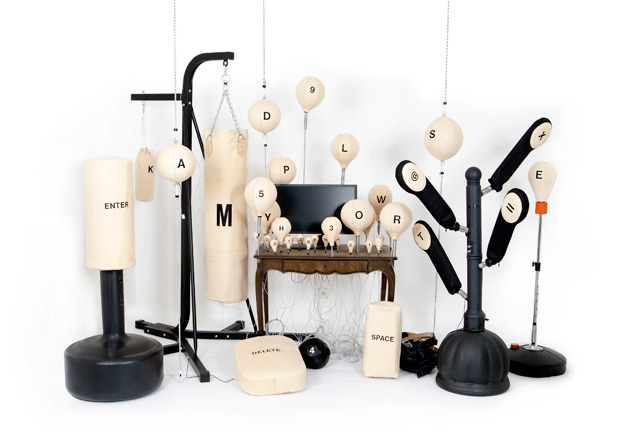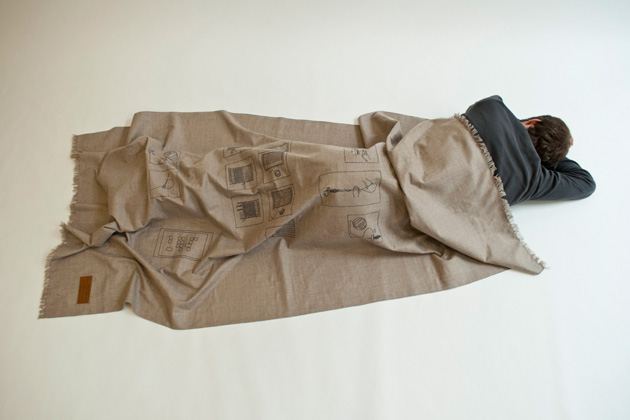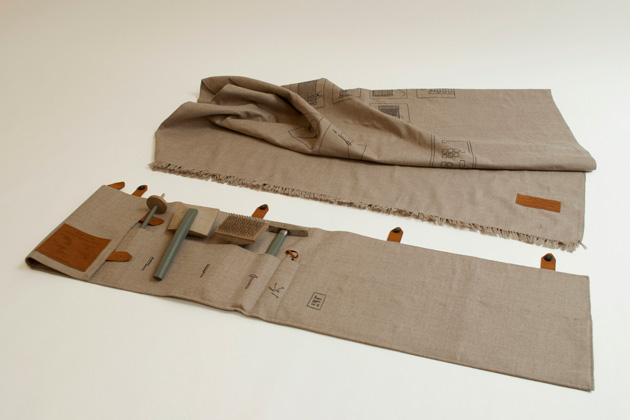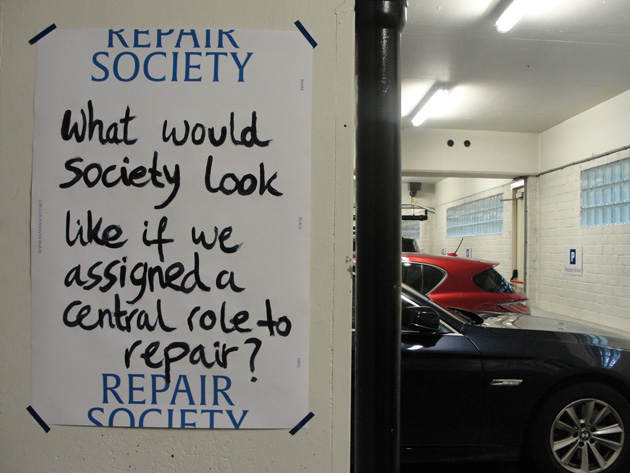
Has the future changed? Zoë Ryan, appointed curator of the second edition of Istanbul Biennial (1st November – 14 December 2014), has chosen a paradoxical statement – “The Future is not what it used to be” – as a starting point to rethink the performative relationship between design and the contemporary contexts where it is conceived and experienced. The 75 international projects on show, selected through a two stage call for ideas and exposed in the very heart of the Turkish metropolis at the Galata Greek Primary School hub, share a common approach that emerges despite the heterogeneous nature of their purposes (and which correspond to the Biennal’s different sections: “Personal”, “Norms and Standards”, “Resources”, “Civic Relations”, and “Broadcast”. According to Ryan, in fact, all the works “are intended to have outcomes – not only as texts – but open systems, whether actions, services, provocations, objects or buildings”.

In a country dominated by conflicting drives between tradition and modernity such as contemporary Turkey, this attitude is not afraid to side with the most progressive design analysis (and its political drifts, we presume), exposing its audience to new unexpected claims. And, in the end, neither is afraid to rehabilitate the value of Manifestoes, whose goal, always according to Ryan, is “to declare ideas and […] to frame pertinent questions”: in a time of liquid phenomenologies, the Manifesto stops to be programmatic and turns into a fertile setting for interaction, inclusion and development.

The interlocutory mission of Istanbul Biennial is the last of a promising series of design Biennials that, after the previous Ljubljana’s Biennial of Design and Kortijk’s Biennale Interieur, have highlighted this autumn’s calendar with an overdose of stimuli and open questions for design critique. Their success is not a matter of exhibitors’ selection, but on the contrary is more connected to the effectiveness of their format, which has surpassed standard design fairs and the accomplished expectations they have been generating in the latest years. Furniture showcases, together with the ways we’ve been used to enjoy them such as previews, fair off and other social happenings, may not have changed that much in the decades. That’s why the ability to give curators a more dilated time to understand new needs and emerging issues, to impose daring questions, to aggregate different projects, may prove to be the right way to boost a spent genre.


